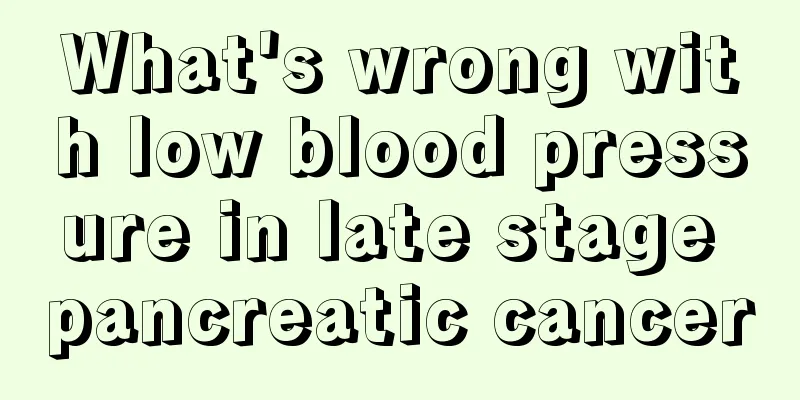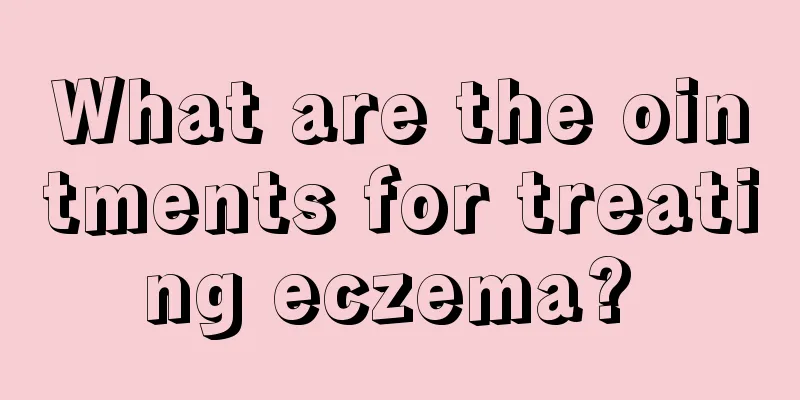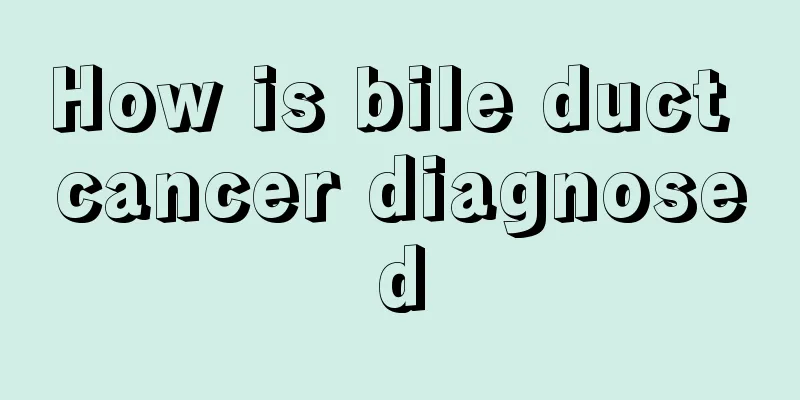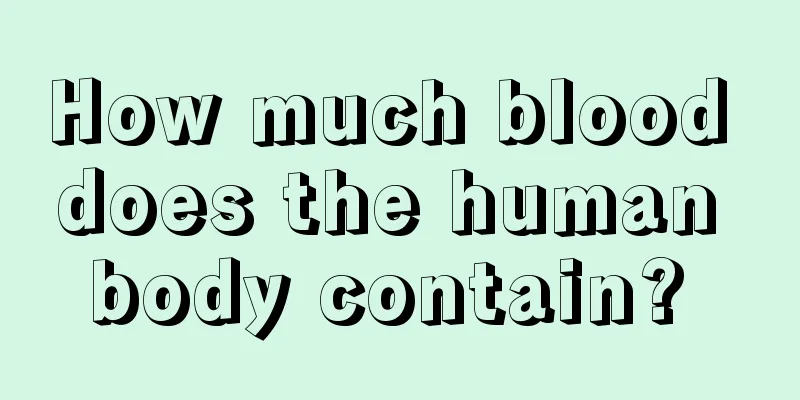What are the symptoms of Hashimoto’s thyroiditis?
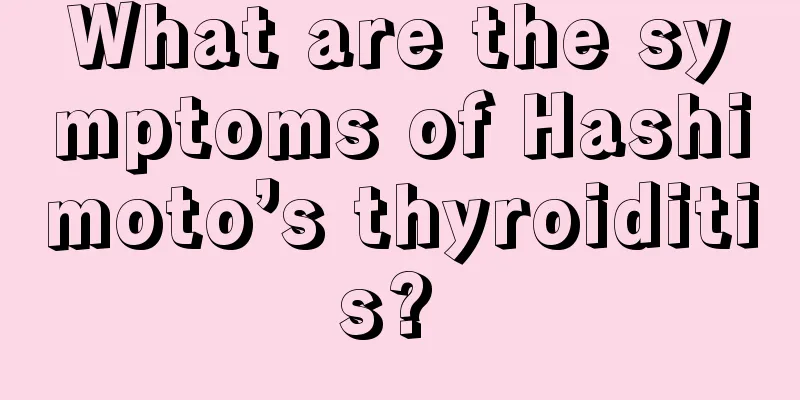
|
You may not be familiar with Hashimoto's thyroiditis. This disease has a great impact on the human body. After suffering from this disease, the early symptoms are not obvious, so it will bring certain difficulties to the treatment of symptoms. Moreover, the course of this disease progresses slowly, and the course of the disease can even be as long as two to four years. Patients often feel weak all over, and a small number of patients will feel occasional pain in the thyroid area. Hashimoto's thyroiditis, also known as chronic lymphocytic thyroiditis, is a disease that is very harmful to the body. Today we will look at what Hashimoto’s thyroiditis is, what are the symptoms of Hashimoto’s thyroiditis, and how to treat and prevent Hashimoto’s thyroiditis. Friends who want to know more can take a look. Clinical manifestations 1. The disease develops slowly and lasts for a long time. There may be no symptoms in the early stage. When goiter appears, the average course of the disease is 2 to 4 years. 2. General fatigue is common. Many patients do not have throat discomfort. 10% to 20% of patients have a sense of local pressure or dull pain in the thyroid area, and occasionally mild tenderness. 3. The thyroid gland is often bilaterally symmetrical and diffusely enlarged, with the isthmus and conical lobe often enlarged at the same time, but it can also be unilaterally enlarged. The thyroid gland tends to gradually increase in size as the disease progresses, but rarely compresses the neck and causes difficulty breathing and swallowing. When palpated, the thyroid gland is tough, with a smooth or granular surface, or it may be in the form of nodules of varying sizes. It is generally not adhered to the surrounding tissues and can move up and down during swallowing. The thyroid gland is usually bilaterally symmetrical and diffusely enlarged. 4. The cervical lymph nodes are generally not swollen. In a few cases, the cervical lymph nodes may be swollen but soft. treat 1. Medication (1) If thyroid function is normal, no special treatment is required, but follow-up is required. (2) Patients with hypothyroidism should receive thyroid hormone replacement therapy using thyroid tablets or levothyroxine until the maintenance dose is reached. The indicators of the maintenance dose are improvement in clinical symptoms and normalization of TT3, FT3, TT4, FT4, and TSH. (3) The course of Hashimoto's hyperthyroidism is the same as that of inflammatory hyperthyroidism. Most patients do not require treatment and go through four stages: hyperthyroidism, euthyroidism, hypothyroidism, and euthyroidism. Transient hyperthyroidism can be treated symptomatically with beta-blockers. (4) Glucocorticoid treatment. Hormone treatment is generally not used for this disease. For some patients with painful chronic thyroiditis who have obvious thyroid pain and swelling, prednisone can be added and the dosage can be gradually reduced after improvement. The medication should be used for 1 to 2 months. 2. Surgery Surgical treatment It is only used when there is a high suspicion of combined cancer or lymphoma. Lifelong thyroid hormone replacement therapy is given after surgery. |
<<: How to treat asthma cough? Is there any method?
>>: What are the symptoms of hyperthyroidism?
Recommend
Can I drink milk powder that has clumped together
Milk powder is a common thing in our lives. Men, ...
How is the dosage of azithromycin determined?
Azithromycin is a relatively commonly used drug. ...
Experts explain the advantages of ultrasound treatment for pancreatic cancer
With the advancement of ultrasound technology, ul...
What are the symptoms of mixed hemorrhoids?
Mixed hemorrhoids are a type of hemorrhoids, also...
What symptoms does prostate cancer cause
Prostate cancer occurs in the patient's prost...
What are the benefits of snake skin fried eggs
From ancient times to the present, there have bee...
Can daylily and kelp be eaten together
Daylily is a vegetable that everyone is familiar ...
Adverse reactions of aminophylline
Aminophylline is a drug that is usually used to t...
How to use lavender essential oil to remove scars
Nowadays, everyone likes to use some aromatherapy...
How to reexamine patients with liver cancer after treatment? Some common sense about reexamination of liver cancer
Many patients are prone to misunderstandings when...
The efficacy and function of malt and barley sprouts
Barley malt is a plant and a Chinese herbal medic...
Should I wash my hair after getting caught in the rain?
Some people like to walk in the rain when it rain...
Laboratory examination methods for gallbladder cancer
The early symptoms of gallbladder cancer are extr...
There are transparent blisters on my hands that hurt
In the summer, people's hands sweat a lot, an...
What are the early symptoms of liver cancer? 7 early symptoms of liver cancer you should know
In an era when various diseases are prevalent, we...

